One teacher makes material difference
New Watertown High water fountain fills need
Raider Times photo / Rebecca Grossman
The water filling station in the Watertown High lobby has saved 7,000 water bottles.
November 4, 2015
Upon entering Watertown High School in the morning, it’s almost impossible not to notice the hordes of bleary-eyed teens sipping store-bought coffee and other hot drinks. Before lunch time, the recycling bins and trash cans are littered with Starbucks cups saturated with coffee residue, and doubled-styrofoam Dunkin’ Donuts cups dripping with melted ice.
Store-bought drinks in the morning are a necessity for some, a habit for others, and an occasional treat for a few; but what most people don’t think about is how this simple practice might be affecting the environment.
Science teacher Jennifer MacDonald was unsettled by the quantity of single-use cups and containers that came through her classroom every day and decided to take the matter boldly into her own hands.
On the first day of classes this fall, MacDonald announced to the students in her AP Environmental Science class that she would not be allowing any single-use containers in her room. She hoped that by preventing the use of these items in her classroom, her students would be less likely to use them in other parts of their lives.
“I thought that if I could get one class to stop using these materials, it might reflect on other students,” Ms. MacDonald explained. “It’s mostly about bringing awareness to the subject.”
Reducing waste and pollution is a heavily studied topic in Environmental Science, so the rule seemed like a good way to promote environmentally friendly habits in and out of the classroom. Although banning water bottles, coffee cups, lunch trays, and milk cartons seemed like an audacious proposition, MacDonald was determined to tackle the issue.
Although this move may have surprised some, it did not surprise anyone in the Environmental Club, whose mentor happens to be Ms. MacDonald. Last year the club had a heavy focus on reducing plastic water bottle use in the school. Through their research, club members found that bottled water is not necessarily any better than regular tap water, even though many people believe it is cleaner and of higher quality. In the United States, public water is regulated by the Environmental Protection Agency (EPA), which requires multiple daily tests for bacteria. The Food and Drug Administration, which regulates bottled water, only requires weekly testing and does not share its findings with the EPA or the public.
Environmental Club members brought attention to Watertown’s waste problem last year by putting up posters and constructing a huge water bottle structure that took the appearance of a 4-foot mass of empty bottles.
Through these projects, the club hoped to spread awareness about the tremendous negative impact that the Watertown High School community makes just from its habits with single- use water bottles.
As an additional effort to assist the community in reducing plastic water bottle use, the Environmental Club worked hard to get two water bottle filling stations in the high school. As any parched WHS student can attest, the water fountains in the school are sometimes unappetizing to use. (Who likes to drink warm water?) The filling stations, on the other hand, work both as a water fountain and a filling station, making cold, clean water accessible to students and faculty.
Although one of the stations is yet to be installed, if you’ve recently walked past the entrance to the auditorium between classes you may have noticed the lines of students and faculty waiting to fill their water bottles at the station.
According to the EPA, 50 million plastic bottles are thrown away every day in the United States (not including recycled water bottles). This is a huge amount of trash. It also requires an immense quantity of material and resources to make and ship all of those bottles.
The environmental concerns may not be convincing for everyone, but there are financial arguments as well. A person who drinks 6-8 glasses of tap water a day will spend about 49 cents per year. The same amount of bottled water would cost $1,400.
The water bottle filling station in the WHS lobby has already saved 7,000 water bottles, and the number is rapidly increasing!
Later this year, the Environmental Club hopes to further its efforts at reducing waste by selling custom WHS water bottles in conjunction with the Class of 2018. For a few dollars, you will be able to carry the water you need, save money, and reduce your impact on the environment!
–Nov. 4, 2015–
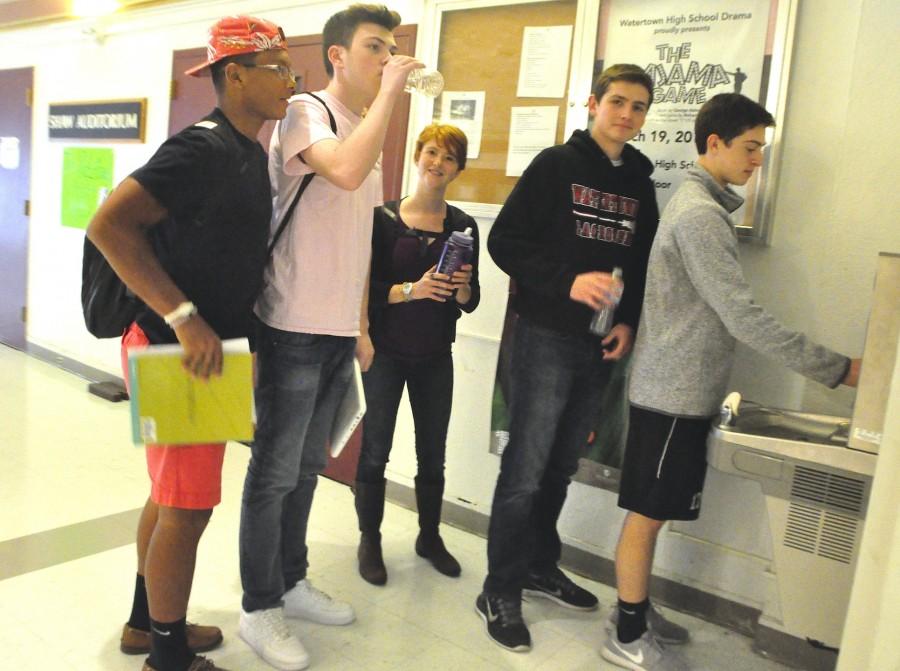
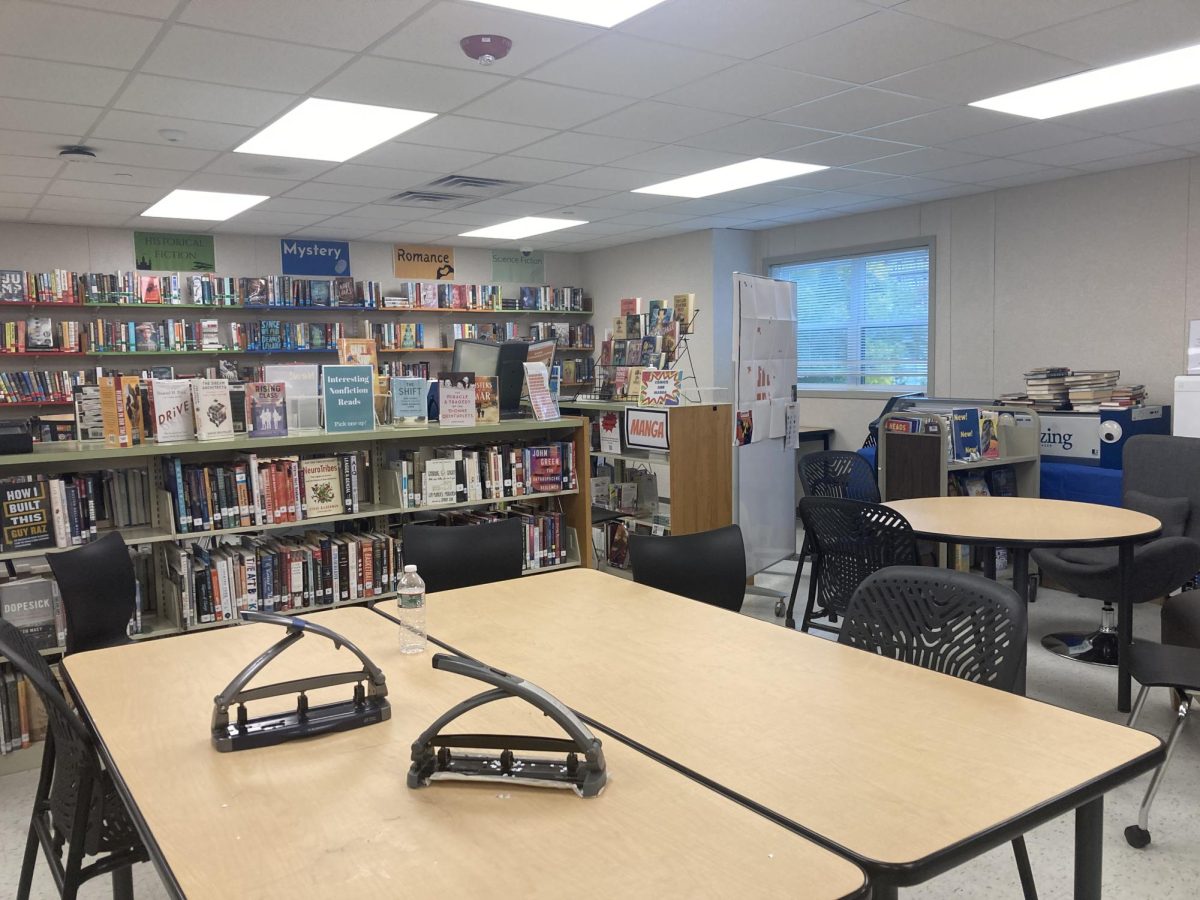

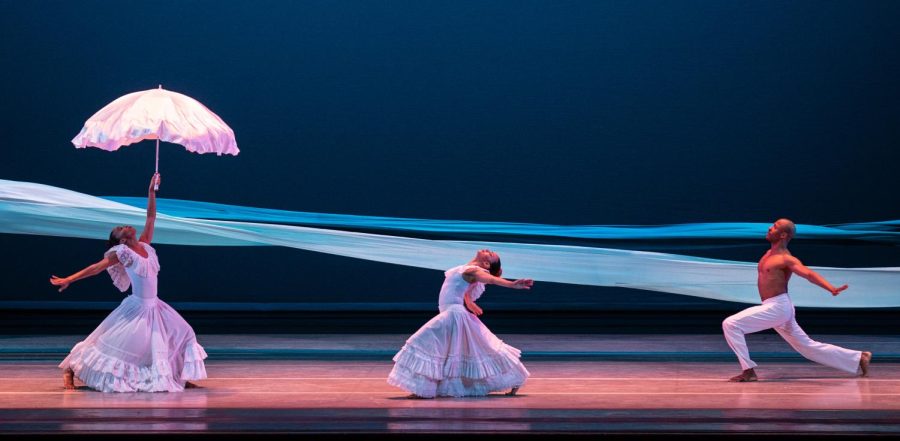
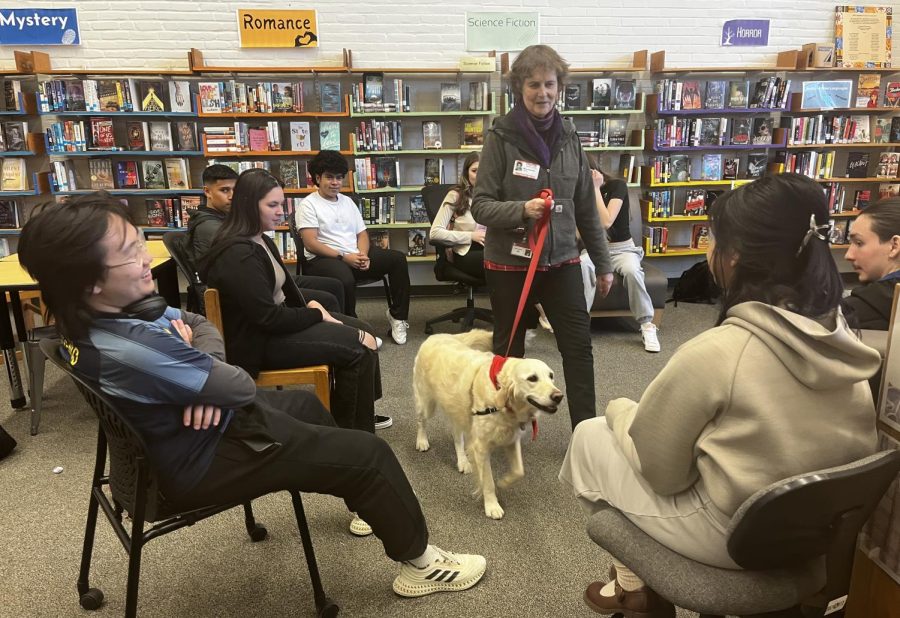


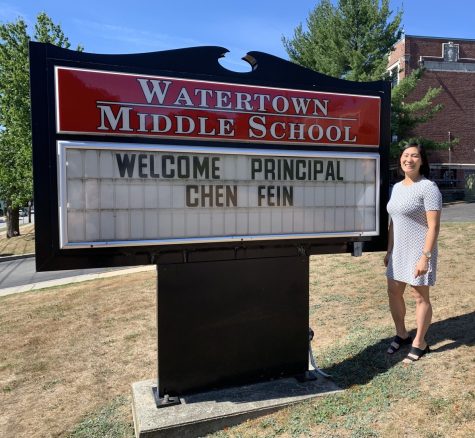
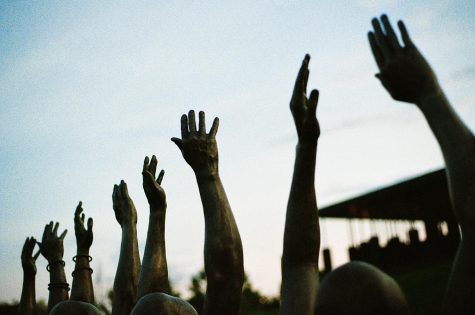

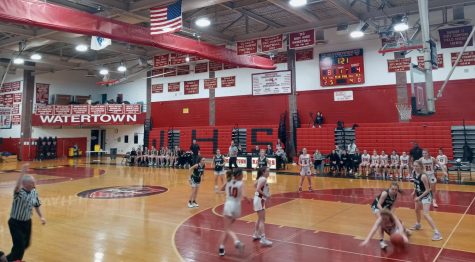
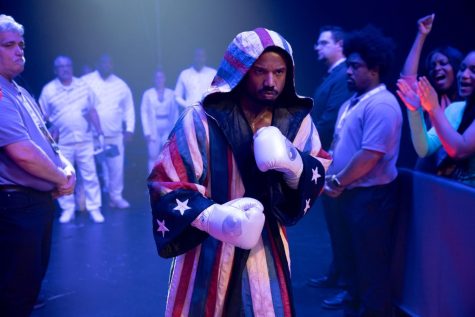
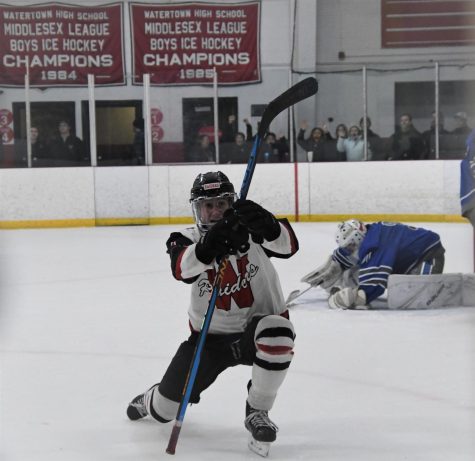
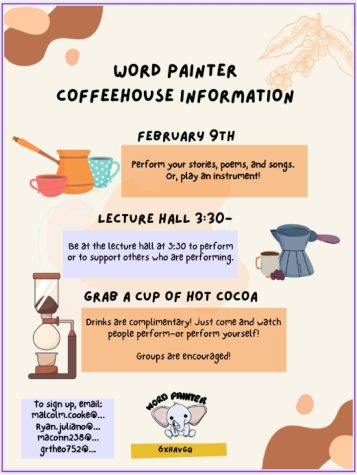
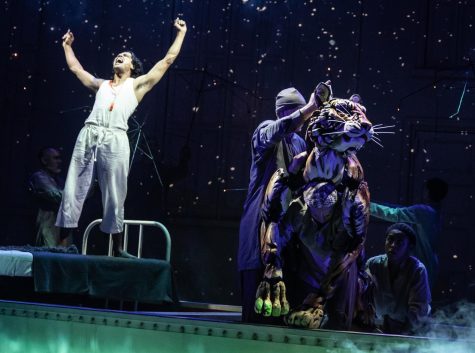


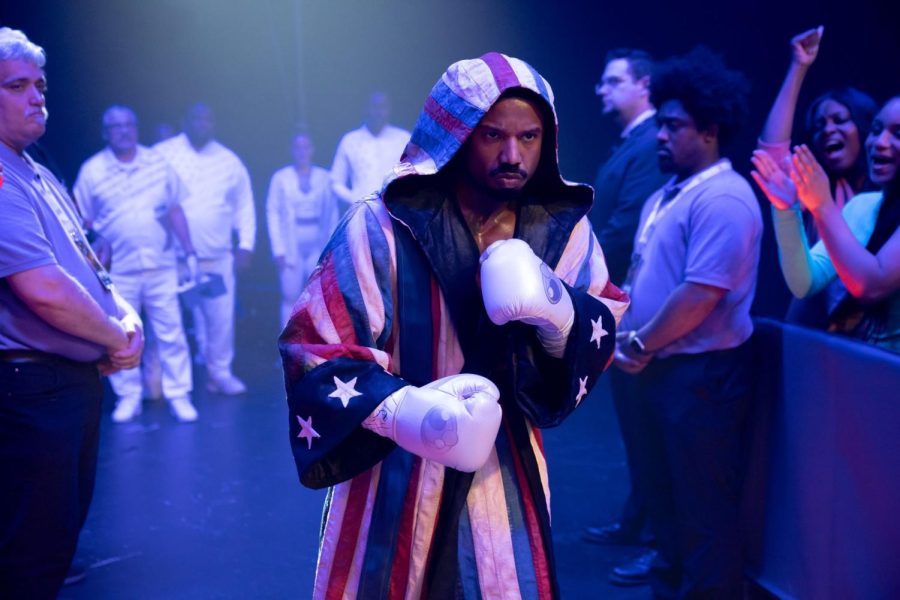
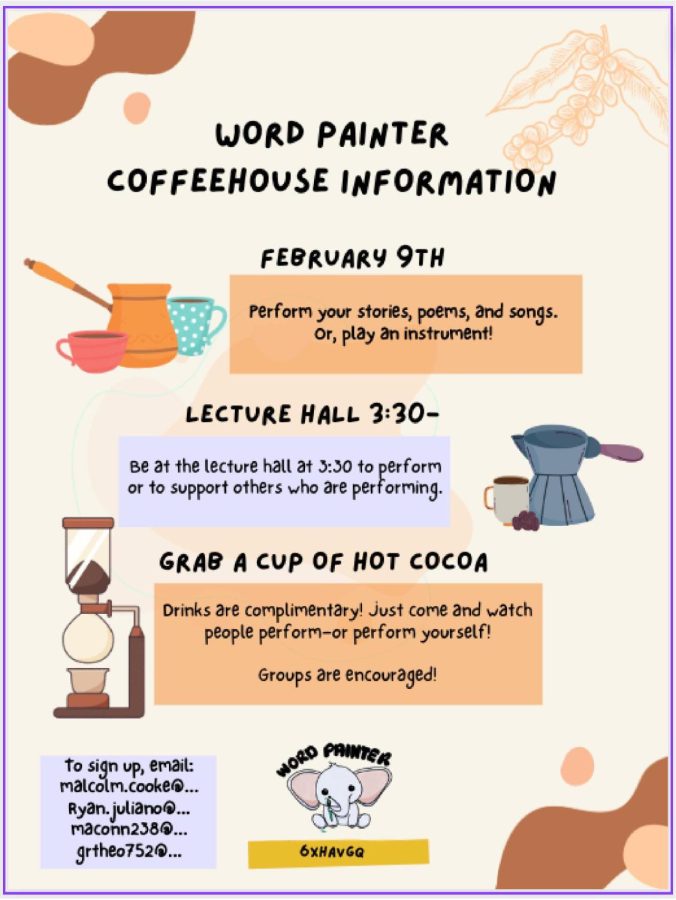

Rebecca Grossman • Nov 10, 2015 at 3:15 pm
Thanks so much for your support! At the moment we’re in the process of picking and ordering the water bottles, but I’ll give you the information when we are ready to start selling them.
In response to the paying for the filling stations, we were able to get them using money from the facilities budget at Watertown High since we were in need of new water fountain already.
Aaron Dushku • Nov 5, 2015 at 12:17 am
This is wonderful. Great job, everyone!
I was investigating those stations recently and saw that they are really pricey! A question: how did these get paid for?
Please share some info on how to put in your water bottle orders and I’ll try to help market them on my FB page. Again, this is so great to see and thank you for being such pioneers in this movement here.